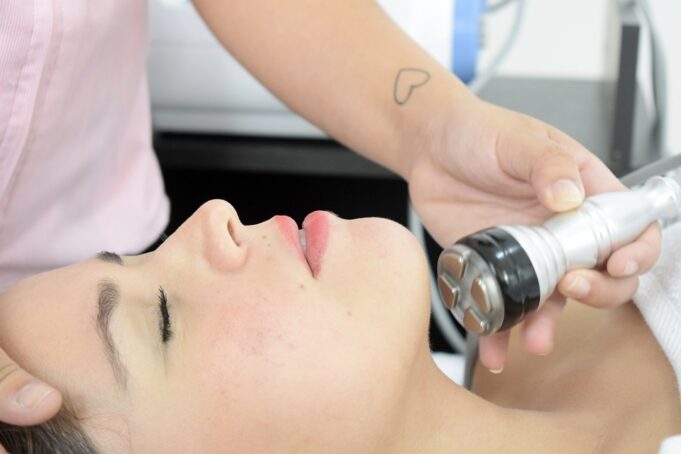The Impact of Gender on the Occurrence of Bone Fractures
Bone fractures are a common injury that can happen to anyone, but studies have shown that there is a significant difference in the occurrence of bone fractures between males and females. According to research, women are more likely to suffer from osteoporosis, which makes their bones weaker and more prone to fractures. In this article, we will explore how gender impacts the occurrence of bone fractures.
Gender Differences in Bone Health
Research has shown that men tend to have larger and denser bones than women due to hormonal differences. Testosterone helps promote bone growth, while estrogen has been linked with decreasing bone density over time. This means that as women age, they are at a higher risk for developing osteoporosis compared to men.
Osteoporosis is a condition where bones become brittle and fragile due to loss of tissue or mineral content. It affects both genders but is more prevalent among older women because they lose bone mass faster after menopause when estrogen levels drop significantly.
Impact on Fracture Incidence
Due to these differences in bone health between genders, it’s not surprising that there is also an impact on fracture incidence rates. A study published by the National Institutes of Health found that “women aged 65 years or older were twice as likely as men in this age group (31% vs 16%)to experience any type of fracture.”
Additionally,”fractures related specifically”to osteoporosis were four times higher in women than in men (15% vs 4%). These findings suggest that gender plays a crucial role when assessing fracture risk factors.
Another study conducted by The American Journal Of Epidemiology showed similar results regarding hip fractures – one type commonly associated with osteoporosis- stating: “Women had nearly twice the incidence rate ratio for hip fracture compared with men.”
Preventive Measures
While genetics play a significant role in determining our susceptibility to fractures, there are preventive measures that can be taken. A balanced diet rich in calcium and vitamin D is essential for maintaining healthy bones.
Moreover, regular exercise- particularly weight-bearing exercises such as walking or running – can help improve bone density and reduce the risk of fractures. Additionally, lifestyle changes like quitting smoking or reducing alcohol intake have been shown to decrease fracture incidence rates.
Future Advances
As medical research continues to evolve, new treatments for osteoporosis and other bone-related conditions will emerge. One potential area of development is stem cell therapy which has shown promise in regenerating damaged tissues including those found in bones.
Another promising field is biotechnology which uses advanced techniques like CRISPR gene editing technology to modify genes linked with osteoporosis and other diseases affecting bone health. These advances could potentially lead to more effective treatments for these conditions.
Conclusion
In conclusion, gender plays a significant role when assessing fracture risk factors due to differences in bone health between males and females. Women are at a higher risk of developing osteoporosis than men due to hormonal differences resulting from aging. However, preventative measures such as a balanced diet rich in calcium and vitamin D coupled with regular exercise can help maintain healthy bones regardless of gender.
Looking towards the future, advancements in stem cell therapy and biotechnology hold great promise for improving treatment options related specifically to osteoporosis while also providing insight into other diseases affecting overall bone health across genders.
References:
1) National Institutes of Health: https://www.ncbi.nlm.nih.gov/pmc/articles/PMC2764343/
2) The American Journal Of Epidemiology: https://academic.oup.com/aje/article/149/10/933/71895
3) Mayo Clinic Osteoporosis Prevention: https://www.mayoclinic.org/diseases-conditions/osteoporosis/in-depth/prevention/art-20044845
4) Harvard Health Publishing Stem Cell Therapy:https://www.health.harvard.edu/blog/stem-cell-therapy-for-bones-and-joints-a-growing-reality-2018050313756
5) Genetic Engineering & Biotechnology News: https://www.genengnews.com/topics/drug-discovery/gene-editing-could-help-treat-osteoporosis/
*Note: this site does not provide medical opinions or diagnosis and should not be relied upon instead of receiving medical attention from a licensed medical professional.




